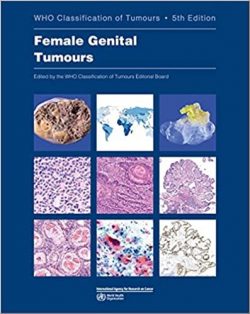This book provides in-depth insights into the most recent developments in different areas of microbial methane and methanol utilization, including novel fundamental discoveries in genomics and physiology, innovative strategies for metabolic engineering and new synthetic approaches for generation of feedstocks, chemicals and fuels from methane, and finally economics and the implementation of industrial biocatalysis using methane consuming bacteria.
Methane, as natural gas or biogas, penetrates every area of human activity, from households to large industries and is often promoted as the cleanest fuel. However, one should not forget that this bundle of energy, carbon, and hydrogen comes with an exceptionally large environmental footprint. To meet goals of long-term sustainability and human well-being, all areas of energy, chemicals, agriculture, waste-management industries must go beyond short-term economic considerations and target both large and small methane emissions. The search for new environment-friendly approaches for methane capture and valorization is an ongoing journey. While it is not yet apparent which innovation might represent the best solution, it is evident that methane biocatalysis is one of the most promising paths. Microbes are gatekeepers of fugitive methane in Nature. Methane-consuming microbes are typically small in number but exceptionally big in their impact on the natural carbon cycle. They control and often completely eliminate methane emission from a variety of biological and geothermal sources. The tremendous potential of these microbial systems, is only now being implemented in human-made systems.
The book addresses professors, researchers and graduate students from both academia and industry working in microbial biotechnology, molecular biology and chemical engineering.
an, USA)
Dr. Kalyuzhnaya graduated from the Dnepropetrovsk National University, Department of Microbiology, Ukraine in 1994. She earned her PhD in Microbiology in 2000 from the Russian Academy of Sciences, Center for Microbiology and Biotechnology & Institute of Biochemistry and Physiology of Microorganisms. Since 2001 Dr. Kalyuzhnaya has lived and worked in United States where she is currently a faculty member in the Department of Biology and Viral Information Institute at San Diego State University . Her research interests are focused on improving our knowledge of the methane cycle in nature and developing sustainable approaches for methane mitigation from human-made systems and agriculture. Her unique expertise includes microbial genomics and physiology, systems biology, and metabolic engineering. Her team developed the first flux balance model of methane-utilization and constructed a set of methanotropic traits and genetic tools for efficient engineering of methane metabolism. Currently Dr. Kalyuzhnaya’s research efforts include: 1) the characterization of key elements (enzymes, regulators) essential for microbial methane utilization and elucidation of the evolution and functional plasticity of related metabolic functions; 2) the development of novel sustainable approaches for methane capturing and conversion into feedstocks, chemicals, and fuels; and 3) the understanding of key mechanisms supporting microbe-microbe or microbe-plant interactions in arid and semiarid ecosystems. She is an author of more than 100 scientific publications, book chapters, and numerous patents related to microbial methane conversion.
This book provides in-depth insights into the most recent developments in different areas of microbial methane and methanol utilization, including novel fundamental discoveries in genomics and physiology, innovative strategies for metabolic engineering and new synthetic approaches for generation of feedstocks, chemicals and fuels from methane, and finally economics and the implementation of industrial biocatalysis using methane consuming bacteria.
Methane, as natural gas or biogas, penetrates every area of human activity, from households to large industries and is often promoted as the cleanest fuel. However, one should not forget that this bundle of energy, carbon, and hydrogen comes with an exceptionally large environmental footprint. To meet goals of long-term sustainability and human well-being, all areas of energy, chemicals, agriculture, waste-management industries must go beyond short-term economic considerations and target both large and small methane emissions. The search for new environment-friendly approaches for methane capture and valorization is an ongoing journey. While it is not yet apparent which innovation might represent the best solution, it is evident that methane biocatalysis is one of the most promising paths. Microbes are gatekeepers of fugitive methane in Nature. Methane-consuming microbes are typically small in number but exceptionally big in their impact on the natural carbon cycle. They control and often completely eliminate methane emission from a variety of biological and geothermal sources. The tremendous potential of these microbial systems, is only now being implemented in human-made systems.
The book addresses professors, researchers and graduate students from both academia and industry working in microbial biotechnology, molecular biology and chemical engineering.





